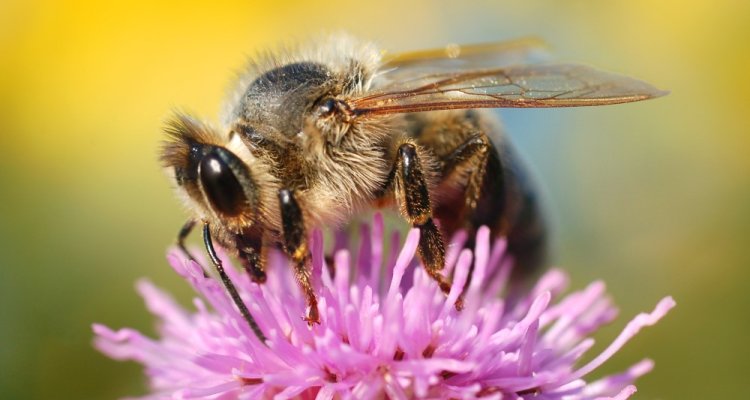
Impact story
Green Circles Bee Landscape
The population of wild pollinators is steadily decreasing. They are not just essential for the pollination of wild plants but also pollinate many fruits and vegetables. Adjustments in the landscape can help wild pollinators. This will guarantee the viability of the gardening sector and provide a colourful, green living environment. Together with other knowledge partners, WUR supported the Green Circles Bee Landscape. This joint initiative with Zuid-Holland province and beer producer Heineken aims to achieve a robust regional ecological network for pollinators in the Wijk en Wouden region.
Decline of wild pollinators in the Netherlands
The decline of wild pollinators became painfully visible a few years ago when there was enormous mortality among honey bees. Furthermore, we have seen a decrease in the number of wild pollinating insects for decades. There should be some 350 different wild pollinator species in the Netherlands, including wild bees, bumble bees and hoverflies. But over half of these species are threatened or have disappeared altogether.
Motivation
Without pollination by insects, many wild plants produce less seed, or their fruits are unable to fully develop, resulting in a reduction in numbers. Wild pollinators are of great economic value for the gardening sector and the fruit sector in particular. Pollination by wild pollinators yields better quality fruit.
It is, therefore, essential to improve the conditions for the wild pollinators by altering specific parts of the landscape. This requires both ecological knowledge of the landscape and the pollinators and social knowledge to motivate people and organisations to commit. Scientific understanding of these socio-ecological networks provides practicable tools for different societal groups to improve the conditions in their environment for pollinators and increase biodiversity. The tools and design guidelines also provide information on what measures are most effective in fostering a sustainable environment for wild pollinators.
Solution
WUR researchers translated the most up-to-date ecological and social insights into applicable knowledge for specific regions. This yielded so-called eco-profiles: information on the pollinators’ habitats, their preferences and the options to optimise the living environment in that particular area in the Netherlands. On the one hand, they answer the physiological/ecological question of what flora and fauna are involved and the condition of the soil and the climate? On the other hand are the factors pertaining to the area: who inhabit it and what can they do?
This leads to products such as:
- “Eco-profiles” based on which an ecological network can be designed in which diverse pollinators can exist sustainably
- Workshops to assist parties in launching a collaboration by determining joint ambitions
- Roadmap: a checklist with which a bee landscape can be achieved while considering various (social, economic, ecological and inspirational) aspects
- Opportunity maps with the most effective locations to take measures to support pollinators. Businesses, municipalities, nature managers and civic groups can use these maps in their areas.
- Training materials, including a workbook for fruit growers and users, as well as information leaflets, posters and cards.
- Evaluations, including monitoring the deployment of models to determine the sustainability of ecological networks: learning from measures taken to allow amendments thereon to become visible, possible and effective.
We consider the bee-landscape a socio-ecological network that we aim to turn into a learning and effective network capable of collaborating effectively on a landscape for wild pollinators.
Impact and future perspective
Over recent years, activities in the Wijk en Wouden region, where the Green Circles Bee Landscape is active, have resulted in an increase in both absolute numbers and diversity in pollinators. Hundreds of individuals have joined the Bee Landscape and contributed to improved biodiversity through large-scale or small-scale measures. The landscape map of the area shows an apparent increase in strips of green. This approach will be upscaled to the Netherlands as a whole in 2020.